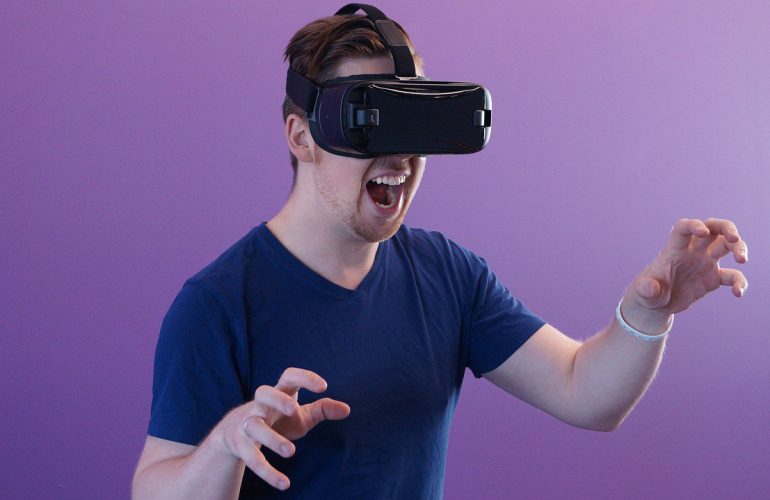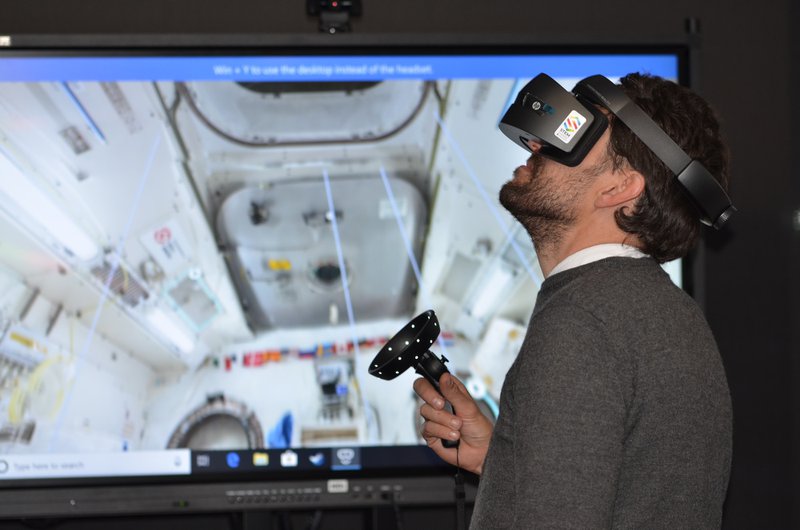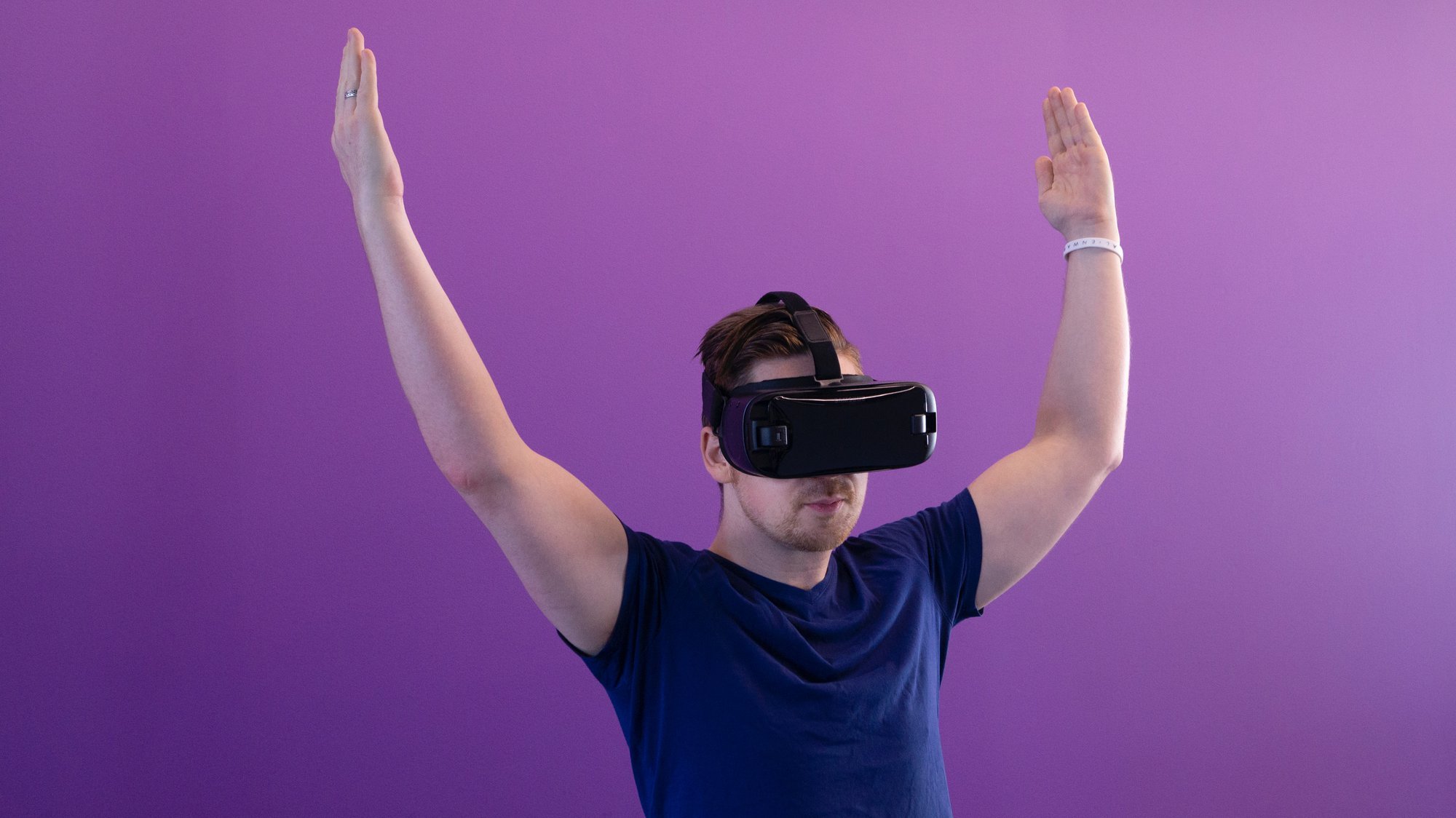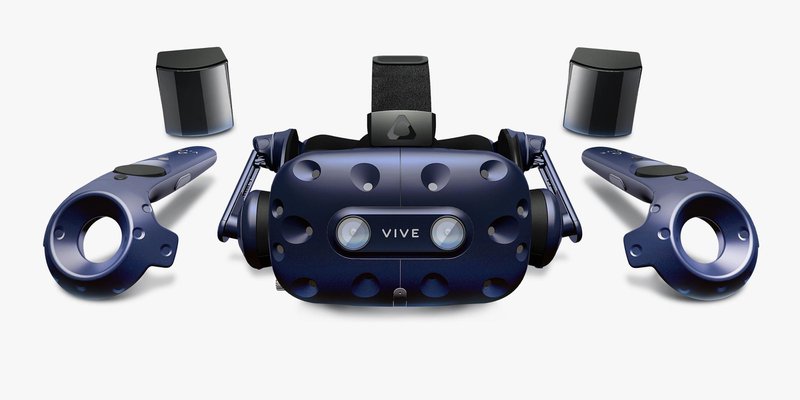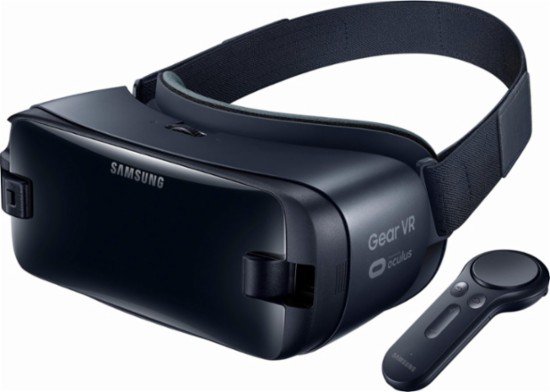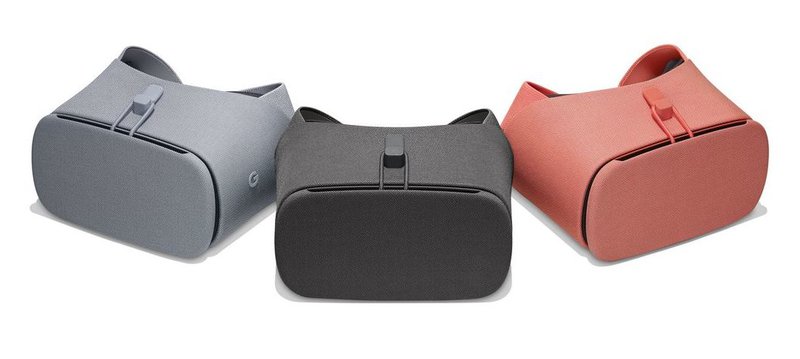A Highly Advanced Tech That Changed the Real Estate and Construction Industry
During the housing market crash in 2008, an entrepreneur plunged into the real estate industry without buying properties. Glenn Sanford started eXp Realty which is the first cloud-based real estate brokerage.
The eXp Realty built its mega-campus virtually with the help of VirBELA. The company showed the impact of a dematerialized workspace. It cut down the cost and also redefined the term “real estate.” After 10 years, eXp Realty already has 14,000 agents across 50 US states and in 3 provinces in Canada without the company setting up a physical office.
Virtual reality and Artificial Intelligence or AI have been working hand in hand to revolutionize the entire real estate and construction industry. That’s why you have flying cities and driverless cars. They are also removing the middleman in the process. A forecast for the global construction industry is for it to surpass 12.9 trillion dollars in 2022. Last year’s total value of the housing market in the US was $33.3 trillion.
Even today, location is still the primary consideration with regard to finding the right property. The limitations of land increased the cost of land, and urbanization has continuously caused problems. Today there are two mechanisms that are known to have been driving the creation of brand-new locations: floating cities and flying cars or autonomous electric vehicles.
Floating Cities
These are offshore habitation hubs. This has been seen as a solution to the rise of sea levels. If this becomes a success, this will entail abundance in real estate, recreation, commerce, education, and scenic living. A good example of this is the Oceanix City which was created by the Oceanix BIG-Bjarke Ingels Group. This would be a galaxy made up of hexagonal floating modules which are built as satellite cities of the coastal urban locations and run by renewable energies.
A 4.5-acre platform can sustain 300 people. The hexagonal modules are linked to the 75-acre tessellations that can sustain up to 75,000 residents. They are anchored to the ocean floor with the use of biorock. Electric boats and flying cars will bring you to work. Meals will be supplied by vertical and outdoor farming. Share economies will provide the goods.

Flying Cars or Autonomous Electric Vehicles
With today’s real estate properties, location is valuable when the property is near the workplace, the best schools, or the business district. This will all change when you have driverless cars that will bring you to the workplace. There will also be autonomous ride-sharing services that will do away with parking problems and will remove you from the steering wheel. You can also choose to go via aerial taxis. Uber has plans of setting up the UberAIR airborne taxi project. By 2023, it will roll out its first drones in Dallas and Los Angeles. Drones flying over the rooftops would be able to accommodate passengers at 1,000 to 2,000 feet at about 100 to 200 mph speed.
The Disappearance of the Middle-Man
Buyers would aim for a continuous and personalized preference-tracking that can only be provided by an AI. Over the next decade, AI will be the agent while VR acts as the medium. Around 98 percent of the home searches would be conducted right from one’s couch through the use of a virtual tour. When you have keyed in all your preferences, the AI will seek for the best fits to your search.
There would also be new construction materials to use in the next decade namely the nanomaterials, upcycle materials, and the self-healing infrastructure. If you want to know more about how VR, AI, and how virtual tours can help you improve your business, you may visit Virtual Tour Easy









